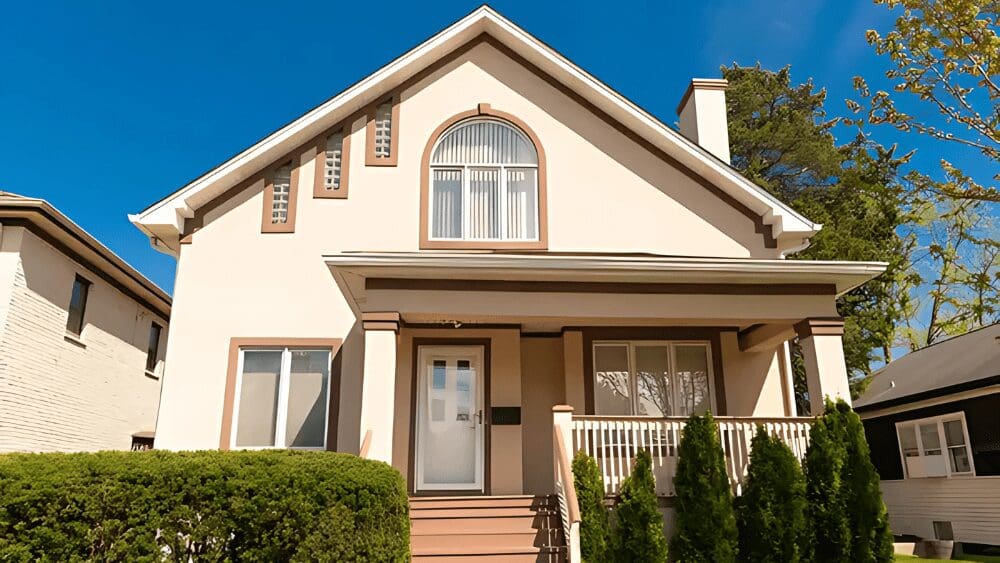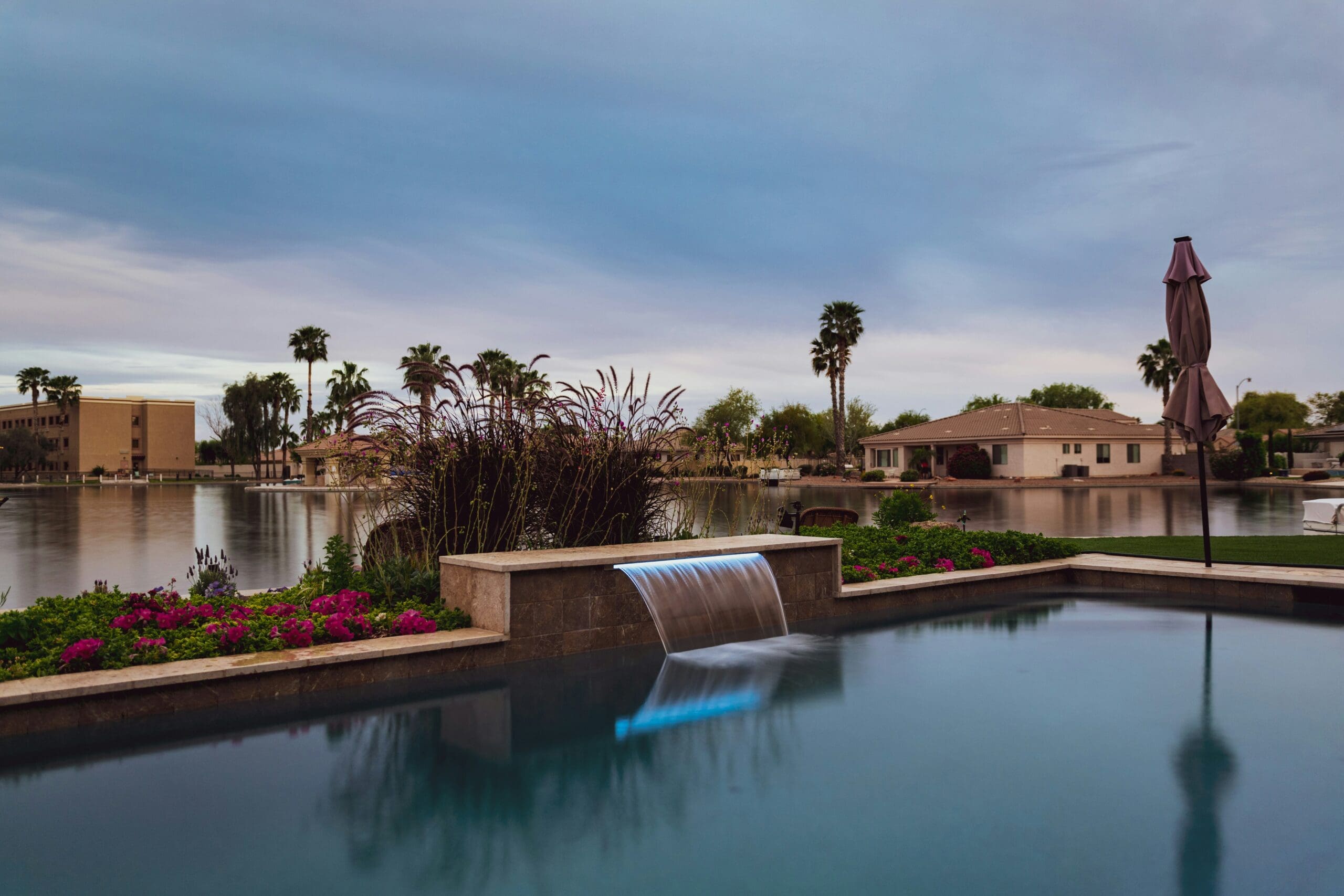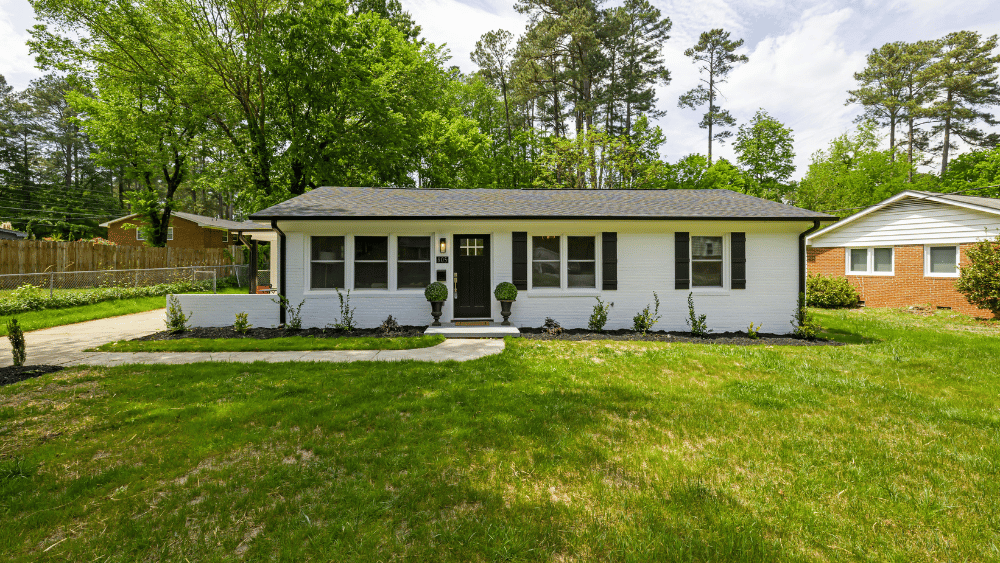PropTrack senior analyst Karen Dellow.
Over the past few decades, Australians have been holding onto their properties for longer periods than ever before.
Currently, the average duration a property owner keeps their property in Australia is 10.5 years, but cities such as Melbourne and Sydney have average hold periods of 13 years.
This trend is influenced by a blend of economic, social and demographic factors.
Historically low interest rates have made mortgage repayments more manageable, reducing the urgency to sell.
Additionally, the high transaction costs associated with selling a home, such as stamp duty, real estate agent fees and moving expenses, discourage frequent buying and selling.
While some suburbs exhibit lengthy property hold periods, others experience rapid turnover.
The disparity often results from economic pressures and varying lifestyle preferences, with unit owners in newer or less established areas opting for more frequent moves.
Demographic changes also play a significant role in this trend. An ageing population tends to stay longer in their family homes, partly due to emotional attachment and partly because downsizing involves significant effort and cost.
With Baby Boomers reaching retirement age, the number of older Australians opting to remain in their existing homes has risen, contributing to longer holding periods.
Over the long term, property prices have risen substantially, with many homeowners incentivised to hold onto their homes for longer periods with the expectation of continued capital growth.
MORE: Huge warning as Aus property market shifts
Here are the suburbs with the longest and shortest hold periods in four of our major capitals.
MELBOURNE
Eaglemont in the northeast tops the list of Melbourne suburbs where house owners hold onto their properties the longest, with an average tenure of 20 years.
This Eaglemont home was a rare recent listing.
Likewise, Oakleigh and Pascoe Vale South show extended periods of tenure at 18.7 and 18.6 years, respectively.
Conversely, suburbs like Donnybrook and Kalkallo in Melbourne’s North exemplify shorter hold periods, with averages of two and three years, respectively.
Such rapid turnovers are frequently observed in developing areas where new estates and first-time buyers are prevalent.
In the West, Cobblebank and Thornhill Park also follow this trend, with residents staying just over three years on average.
Units in Melbourne display similar variance with Caulfield South’s average hold period at 17 years, whereas Broadmeadows and Harkness units are being held for about 6 years on average.
MORE:Nude artist’s $12m problem
SYDNEY
Rose Bay in the eastern suburbs tops Sydney’s list, with houses also held for an average of 20 years.
L to R, Isabel Coates and Tash Robinson enjoy the warm weather at Rose Bay. Picture: Sam Ruttyn
Canley Vale and Hassall Grove also show extended periods of tenure at 20 and 19 years, respectively.
At the other end of the scale, suburbs like Melonba and Grantham Farm in Sydney’s Blacktown area have shorter hold periods, with averages of two and three years, respectively.
Box Hill and North Kellyville also have shorter term residents, who stay just over three and four years on average.
For Sydney units, Canley Vale tops the list with an average hold period of 15 years, while Schofields and Edmondson Park units are held for up to four years.
MORE:Novak Djokovic’s humble $900k ‘retirement’ home
BRISBANE
Brisbane’s average hold period is nine years, putting it below the national average.
Wishart in the south bucks the trend, with an average tenure of 19 years.
Wishart homes are held for 19 years on average
Belmont and Sunnybank Hills are next at 17.6 and 17.1 years, respectively.
Meanwhile, South Ripley and Yarrabilba have the m, most regular turnover, with an average hold of four years.
Deebing Heights and Rochedale residents stay around five years on average.
Red Hill is the suburb with the longest hold for units at 13.5 years, while Thornlands units are being held for 4.7 years on average.
MORE:‘Hate’: Ivanka lifts lid on leaving Donald Trump
ADELAIDE
Adelaide’s average hold period of 10 years puts it right in line with the national average.
Seaview Downs in the south tops Adelaide’s list, houses held an average 17.6 years.
Seaview Downs homes are hard to come by.
Lightsview and Woodville Gardens had the shortest hold periods at six years.
Broadview’s 14.6 year average hold puts it at the top of the unit list, while Bowden units are held just three and a half years.



















 English (US) ·
English (US) ·